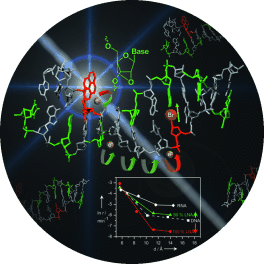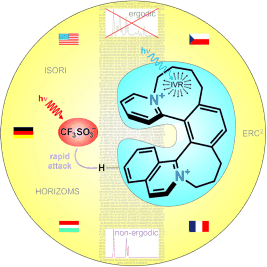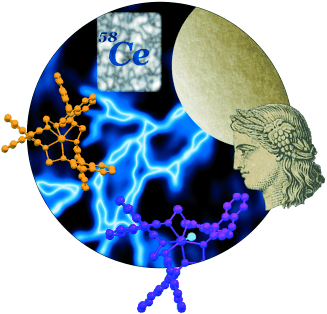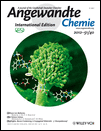Cover Picture: Epidithiol Formation by an Unprecedented Twin Carbon–Sulfur Lyase in the Gliotoxin Pathway (Angew. Chem. Int. Ed. 40/2012)
Graphical Abstract
The pathogenic fungus Aspergillus fumigatus produces the infamous toxin, gliotoxin. In their Communication on page 10064 ff., C. Hertweck and co-workers elucidate a key step in the biosynthesis of the transannular disulfide bridge that is indispensable for the deleterious effects of gliotoxin. A single enzyme, GliI, is capable of concomitantly cleaving two CS bonds in a bis(cysteinyl) adduct, to yield a dithiol, ammonia, and pyruvate. Electron micrograph kindly provided by J. Schmaler-Ripcke, Jena.

Electron Transfer in DNA
LNA units in LNA:DNA hybrids result in a negative effect on electron transfer, but they also force the nucleic acid structure into better base stacking. In their Communication on page 10026 ff., H. A. Wagenknecht et al. describe the balancing act between the two effects.1

Non-ergodic Behavior
Infrared spectroscopy of mass-selected ion pairs shows that the intramolecular distribution of the vibrational energy is incomplete in some speices. As shown by D. Schröder et al. in their Communication on page 10050 ff., the effect leads to local “overheating”.1

Redox Chemistry of Rare Earths
In their Communication on page 10159 ff., P. J. Walsh, E. J. Schelter, and co-workers report alkali-metal/cerium heterobimetallic complexes that modulate ligand reorganization, which allows for the prediction of reaction products.1





